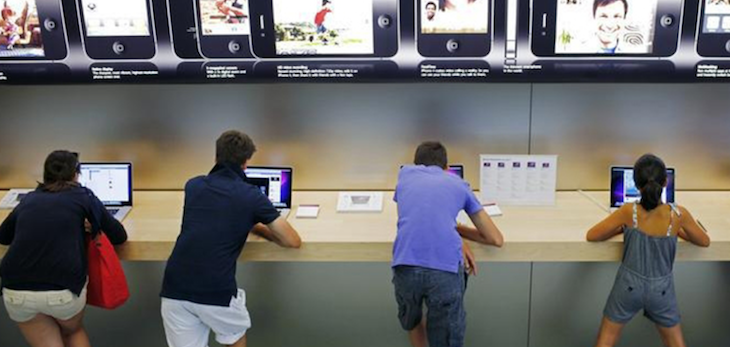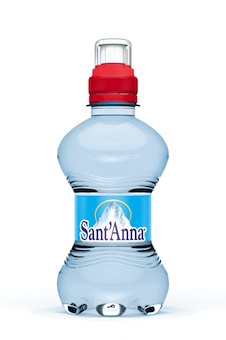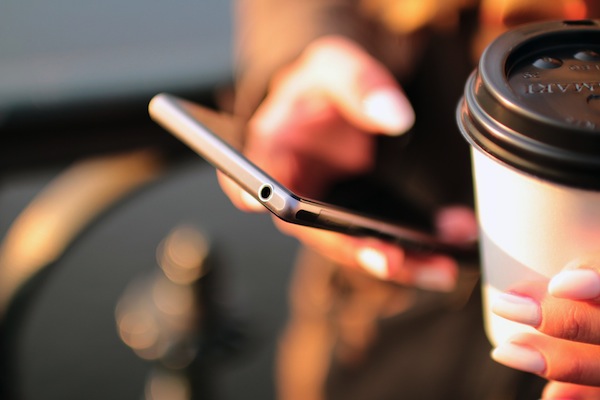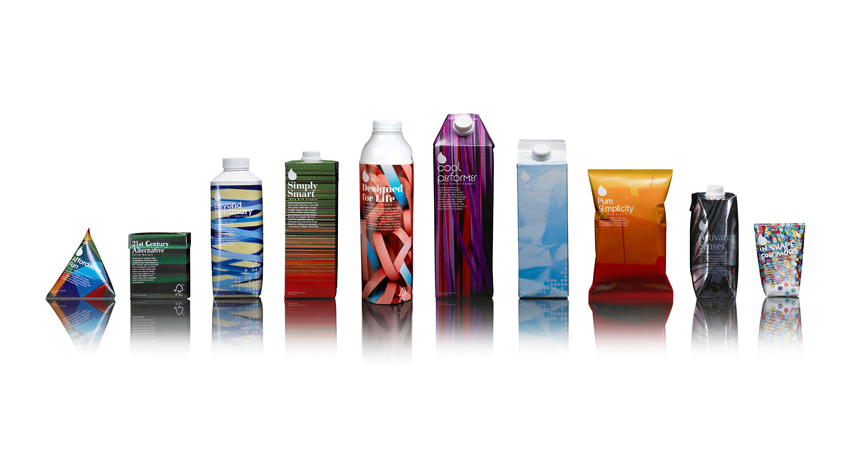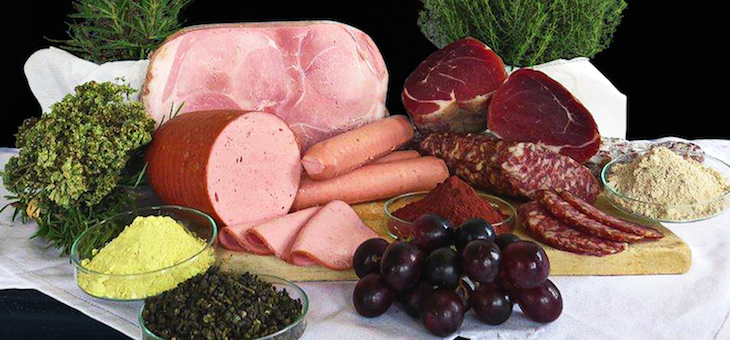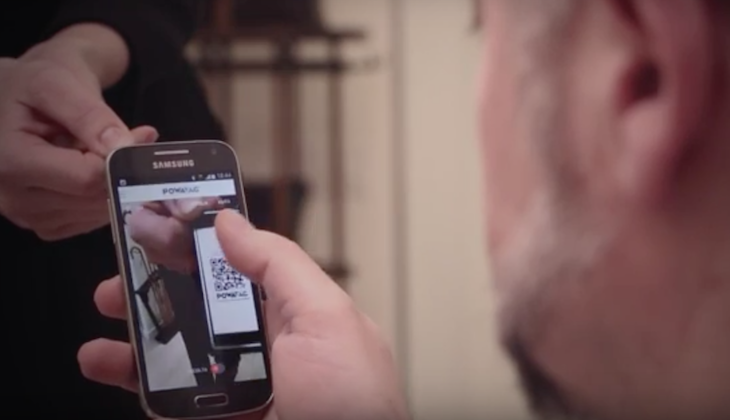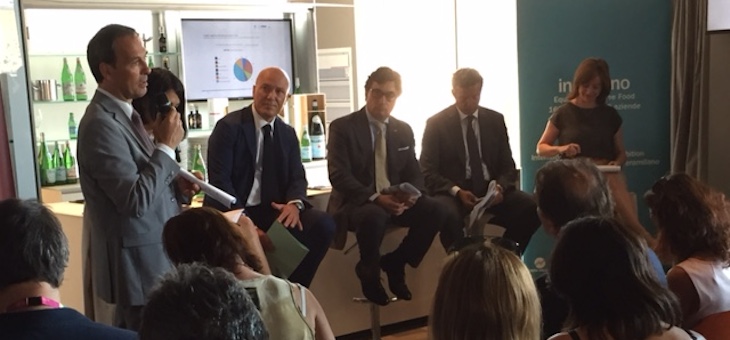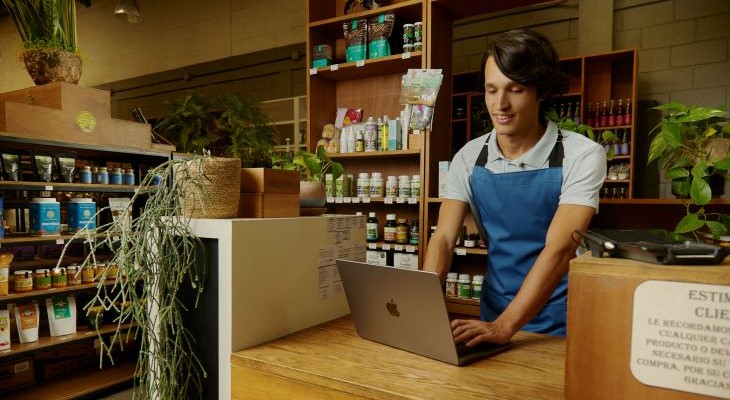Quasi tremila miliardi di dollari per il retail: è il valore a beneficio di mercato e consumatori che potrebbero generare nei prossimi dieci anni retailer e produttori di beni di largo consumo se accelereranno la propria trasformazione digitale. La cifra, esattamente 2.950 miliardi di dollari, è stata calcolata basandosi da un lato sull’impatto delle tecnologie sul business e dall’altro sul risparmio di costi e tempi uniti all’aumento della produttività di cui possono beneficiare i consumatori attraverso il digitale. Il vantaggio sarà soprattutto per i consumatori, che si “accaparreranno” 2.000 miliardi di dollari di risparmi in termini di tempi e costi.
Lo evidenzia il report “Painting the digitale Future of Retail and Consumer Goods Companies” elaborato da Accenture, azienda leader a livello globale nel settore dei servizi professionali. Una fotografia del futuro digitale di retailer e aziende produttrici di beni di largo consumo, basato su analisi realizzate per il World Economic Forum.
Lo studio è partito dalla pressante richiesta da parte dei consumatori di nuove esperienze di acquisto, che prelude a nuovi modelli di business e a un profondo cambiamento a opera di organizzazioni e decisori pubblici. Accade anche in Italia, dove a oggi il 39% dei consumatori sarebbe disposto a concedere alle aziende l’accesso ai propri dati personali tramite dispositivi intelligenti in cambio di un’esperienza migliore o di un vantaggio economico, mentre un altro 37% si abbonerebbe a un servizio di ricerca continuativa che individui beni e servizi al miglior prezzo, consigliando attivamente a che brand rivolgersi e quando, e il 28% utilizzerebbe servizi digitali basati su sensori in grado di rispondere alle loro richieste, mentre il 25% sarebbe disposto a sottoscrivere un abbonamento con un brand capace di selezionare i prodotti più adatti alla singola persona ed effettuare gli ordini in automatico. «Nei prossimi 10 anni – considera Angelo D’Imporzano, senior managing director di Accenture Products – i settori retail e dei beni di largo consumo cambieranno più profondamente di quanto non sia avvenuto negli ultimi 40 anni».
Online tra sharing, ad personam, riordino automatico e servizi
Cambiare, quindi. Ma come? Fondamentale sarà naturalmente lo sviluppo del commercio digitale, che propone quattro modelli di business: la “sharing economy”, che offre convenienza ed esperienza al posto della proprietà di un prodotto (il 54% dei consumatori italiani sarebbe disposto ad abbonarsi a un servizio di noleggio di capi di abbigliamento da utilizzare in determinate occasioni e poi restituire); la personalizzazione, con prodotti su misura selezionati in base ai consumi precedenti e consegnati in automatico (il 49% dei consumatori sarebbe interessato a sottoscrivere l’abbonamento a un servizio simile); il riassortimento, che prevede sensori che rilevano in automatico quando un prodotto sta finendo e procedono a riordino e consegna (il 65% lo utilizzerebbe per prodotti per la casa (l’esempio lampante è Amazon Dash, il 60% per alimenti freschi) e l’economia dei servizi, ovvero l’esternalizzazione delle incombenze quotidiane (in particolare i servizi di lavanderia interessano il 51% dei consumatori).
Naturalmente questi quattro fronti prevedono cambiamenti da parte delle aziende, delle persone e dei decisori: ripensare gli spazi commerciali, riqualificare la forza lavoro, e assicurare la sostenibilità delle azioni soprattutto nelle consegne e nel packaging. «Per avere successo nel prossimo decennio – segnala D’Imporzano – le organizzazioni dovranno perseguire con decisione l’innovazione ed essere aperte a cambiamenti epocali. Emergerà chi saprà dare priorità ad una mentalità collaborativa, con l’obiettivo di offrire nuovo valore ai consumatori, soddisfarne la richiesta di nuovi servizi in modo innovativo, usando i dati per approfondire la conoscenza di abitudini e comportamenti degli utenti, migliorando così il processo decisionale aziendale».

